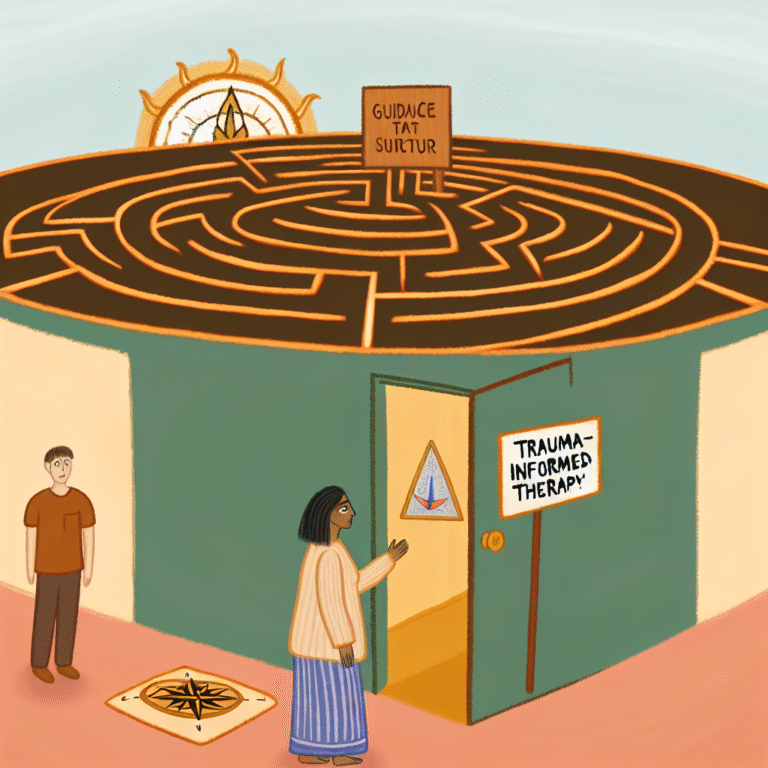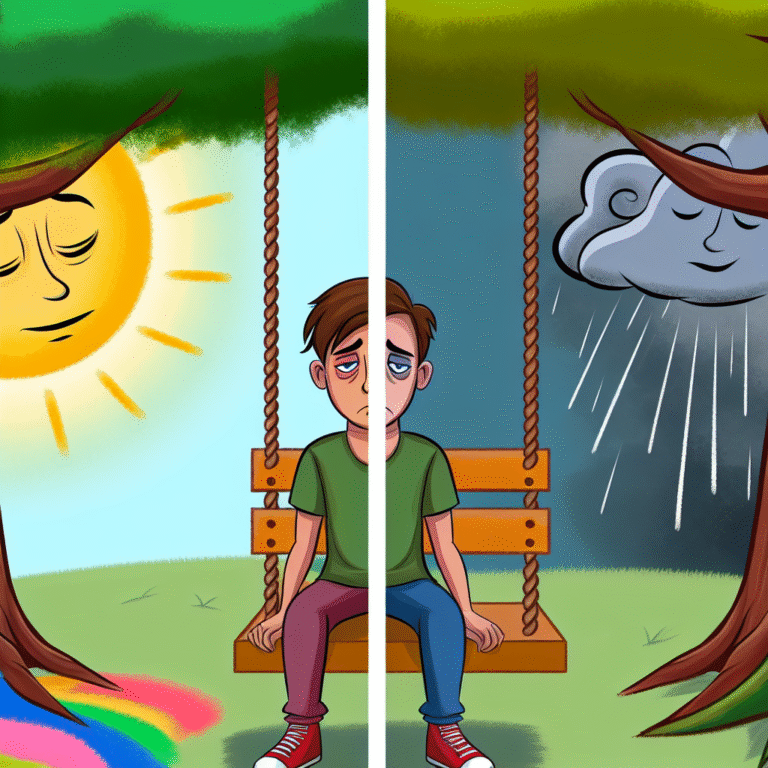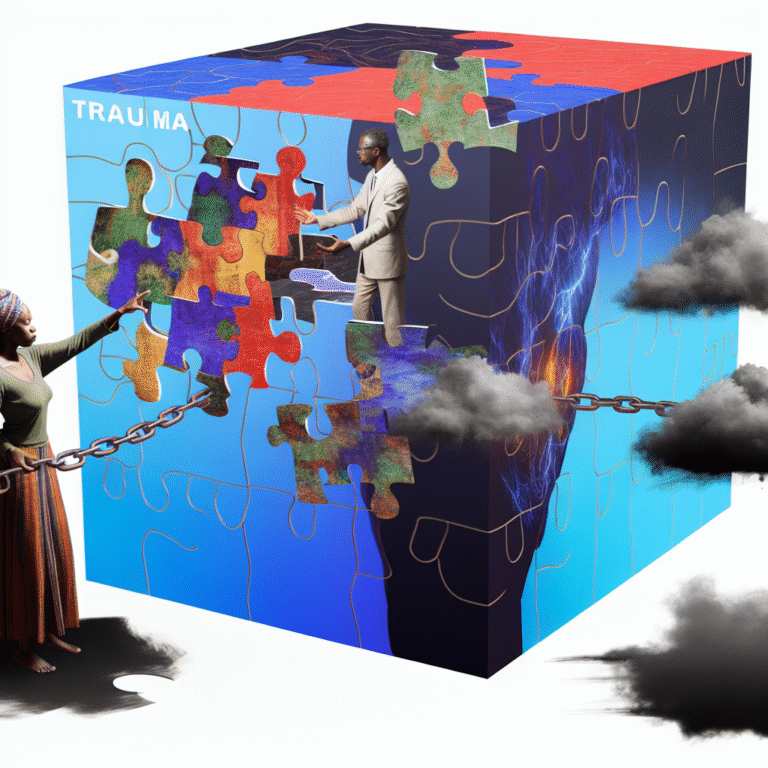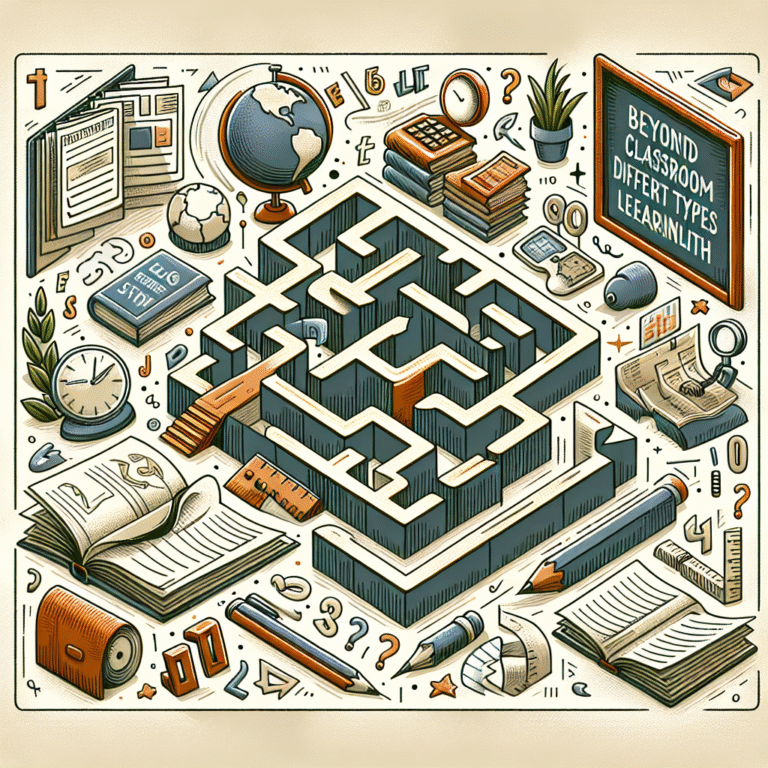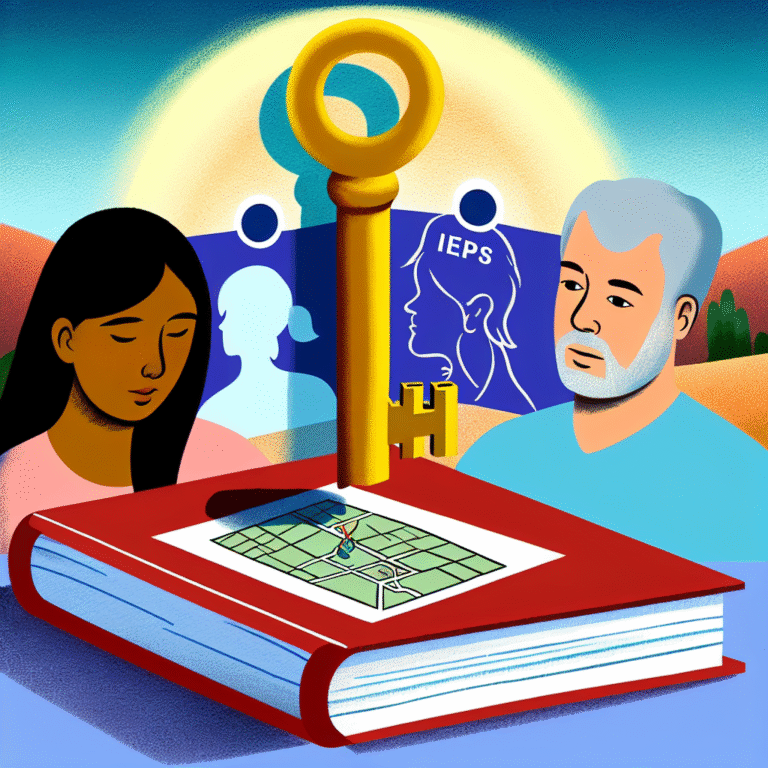
The Ultimate Guide: Mood Changes or Bipolar Disorder? How to Tell the Difference in Teenagers
Introduction
Mood swings are a routine part of growing up, especially during the tumultuous teenage years. However, for some teenagers, these changes can signify something deeper, potentially pointing to a diagnosis of bipolar disorder. Understanding the distinction between typical mood changes and bipolar disorder is crucial for parents, educators, and health professionals. This guide delves into the differences between mood changes and bipolar disorder in teenagers, aiming to equip you with knowledge and insights to navigate this complex topic.
Understanding Mood Changes in Teenagers
What Are Mood Changes?
Teenagers experience a wide range of emotions as they navigate the challenges of adolescence. These mood changes can be triggered by various factors, including:
- Hormonal fluctuations: Puberty brings about significant hormonal changes that can affect mood and behavior.
- Social challenges: Peer pressure, bullying, and relationship dynamics can lead to emotional upheaval.
- Academic pressures: Stress from schoolwork and extracurricular activities can contribute to mood variability.
Typical Mood Changes: Signs and Characteristics
Teenage mood changes often present as:
- Irritability: Common during the transition to adulthood, irritable moods may arise over small issues.
- Sadness or low energy: Occasional sadness may occur due to social or academic pressures, but it usually resolves itself.
- Euphoria: Periods of high energy and enthusiasm can emerge and fade quickly, contributing to the overall ups and downs.
What is Bipolar Disorder?
Defining Bipolar Disorder
Bipolar disorder is a mental health condition that causes extreme mood swings from highs (mania or hypomania) to lows (depression). According to the National Institute of Mental Health (NIMH), bipolar disorder usually emerges in late adolescence or early adulthood, making teenage years a critical time for early detection.
Key Symptoms of Bipolar Disorder
The following are common symptoms associated with bipolar disorder:
- Manic episodes: Increased energy, decreased need for sleep, and impulsive behavior, lasting at least a week.
- Hypomanic episodes: Similar to manic episodes but less severe.
- Depressive episodes: Feelings of sadness, hopelessness, and worthlessness that last for at least two weeks.
Table: Key Differences Between Mood Changes and Bipolar Disorder
| Feature | Mood Changes | Bipolar Disorder |
|---|---|---|
| Duration | Short-term and transient | Episodes last days to weeks |
| Intensity | Moderately severe | Extreme shifts in mood |
| Impact on Daily Life | Minimal disruption | Significant impact on relationships/school |
| Predictability | Generally predictable, related to life events | Episodes can be unpredictable |
| Functioning in Between Episodes | Generally stable | Functioning may vary widely between episodes |
Recognizing the Signs: How to Differentiate
Key Indicators to Watch For
Duration and Consistency of Mood Changes
- Most teenagers may experience mood fluctuations lasting hours or days, while bipolar disorder symptoms persist much longer.
Severity of Mood Episodes
- Evaluate whether the mood swings are intense enough to disrupt daily life. Severe episodes in bipolar disorder create challenges in school performance, peer relationships, and family dynamics.
- Presence of Additional Symptoms
- In bipolar disorder, symptoms like impulsivity, risky behaviors, and an extreme increase in self-esteem during high moods are common. Identifying these signs can be crucial in differentiating between mood changes and bipolar disorder.
Case Studies
Case Study 1: Sarah’s Story
Sarah, a typical high school sophomore, experiences mood changes during exam season. While she feels low and stressed leading up to exams, her mood bounces back after results are released. Sarah shows no signs of manic behavior; her mood changes are tied closely to situational stress.
Analysis: In this case, Sarah’s mood changes reflect common adolescent stressors rather than symptoms of bipolar disorder.
Case Study 2: Jake’s Journey
Jake begins showing extreme shifts in behavior—one week he’s the life of the party, taking risks and staying awake all night, followed by weeks of deep sadness and withdrawal from friends. His parents note the drastic changes, leading them to seek help.
Analysis: Jake’s pattern of heightened energy followed by prolonged depression aligns with bipolar disorder, requiring professional evaluation and support.
When to Seek Help
It’s essential for parents and guardians to know when to take mood changes seriously. Signs that warrant professional help include:
- Extended mood swings affecting daily functioning.
- Behavioral changes that escalate into risky situations.
- Signs of substance abuse as a coping mechanism.
Encouraging open communication between teenagers and their support systems can make a significant difference.
Conclusion
Understanding the distinction between typical mood changes and bipolar disorder is essential for supporting teenagers. While adolescence can be a challenging time filled with emotional ups and downs, it’s important to remain vigilant for signs of deeper mental health issues.
Remember, if you’re ever in doubt, seeking guidance from a mental health professional can offer clarity and support for both you and your teenager. Empathy and awareness can foster resilience during this critical developmental phase.
FAQs
1. What are the first signs of bipolar disorder in teenagers?
Early signs may include noticeable mood swings, increased irritability, and significant changes in energy or behavior.
2. How is bipolar disorder diagnosed in teenagers?
A qualified mental health professional will evaluate symptoms, family history, and developmental factors to make an accurate diagnosis.
3. Can mood changes just be a normal part of growing up?
Absolutely! Adolescence comes with many emotional changes, and not all mood swings indicate a problem.
4. How can parents help their teens with mood changes?
Develop open lines of communication, encourage healthy coping strategies, and seek professional support if mood changes persist or escalate.
5. Is medication always necessary for bipolar disorder?
Not necessarily. Treatment varies based on individual needs and can include therapy, lifestyle changes, and, when appropriate, medication.
Understanding "Mood Changes or Bipolar Disorder? How to Tell the Difference in Teenagers" is more than just academic knowledge; it’s about fostering mental health awareness and support for our youth. By being informed and engaged, parents and guardians can play a crucial role in the emotional wellbeing of teenagers, ensuring they navigate this crucial life stage with compassion and understanding.






